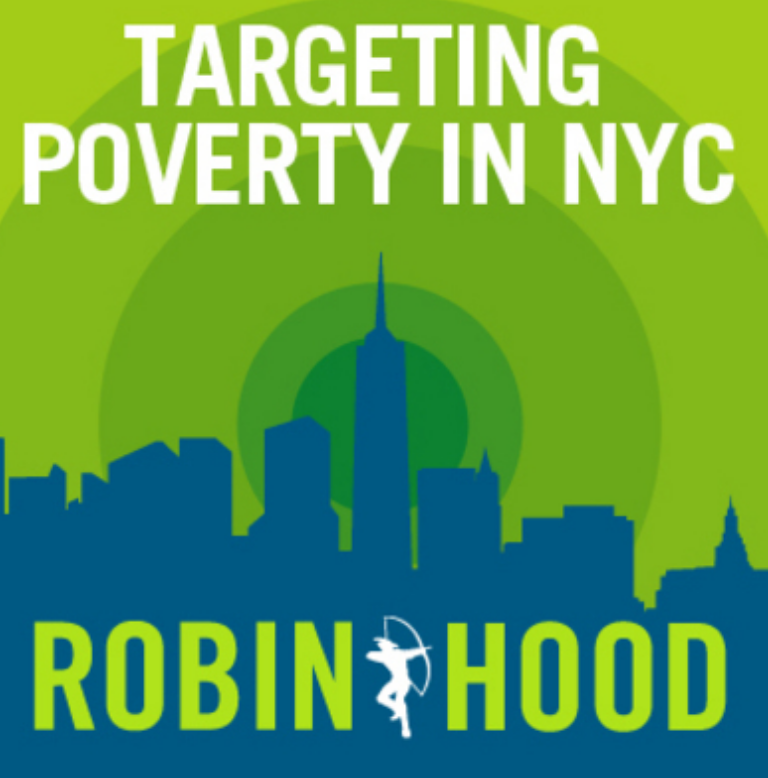One of the best examples of a highly successful foundation that applies a data-centric/quantitative approach is the Robin Hood Foundation. Founded in 1988 by hedge fund manager Paul Tudor Jones, this foundation is now the largest poverty-fighting organization in New York City, and is helping to improve the living standards for 1.8 million low-income New Yorkers each year. Its staff includes PhD’s, attorneys, nonprofit leaders, government officials, and management experts– all who share the common commitment of helping the people who live in the city.
The Robin Hood Foundation is known for practicing what they call “Relentless Monetization” or RM. It is somewhat challenging to summarize briefly, but you could compare this method to the Moneyball of philanthropy. Robin Hood has figured out how to monetize the various benefits that grantees produce, coming up with an effective system that assigns a dollar value to benefits like graduating high school.
Robin Hood uses two critical components to grant-making– benefit cost ratios and counterfactuals. They seek 501c3 tax-exempt nonprofits in NYC with 12 criteria such as “proven track record” before funding is provided. This method is applied to fund over 200 of the area’s best nonprofits. Not only do they fund these selected organizations, but Robin Hood is there to assist their partners with financial, real estate, and management support.
The Robin Hood Foundation has been an excellent model for other foundations for decades. The quantitative approach causes a rethinking of programs, limits waste, and encourages transparency. Hundreds of thousands of lives are being affected in a positive way through this foundation, which has literally written the book on Rules for Smart Giving.
Source: Weinstein, M. M., & Ralph, B. M. (2013). The Robin Hood Rules for Smart Giving. New York, NY: Columbia University Press.

